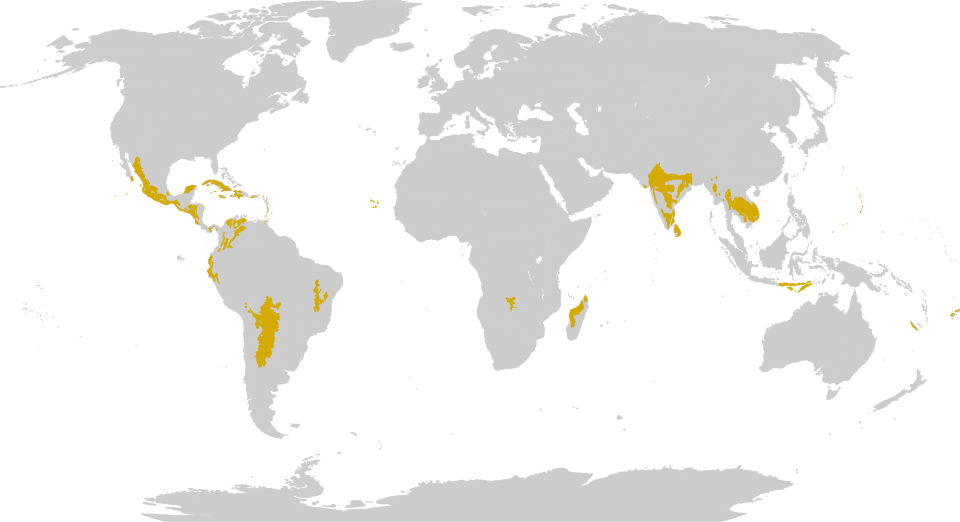Montane grasslands and shrublands (MGS)
- Shanti Bants
- Aug 26
- 2 min read
The Montane grasslands and shrublands (MGS) biome encompasses a diverse array of high-elevation ecosystems characterised by montane and alpine grasslands as well as shrublands found in various regions across the globe. These habitats are not only significant for their unique biodiversity but also for their ecological roles and the services they provide. Among the most notable examples of these ecosystems are the puna and páramo regions located in South America, which are characterised by their distinctive flora and fauna adapted to high-altitude conditions. In addition to these, subalpine heath ecosystems can be found in places like New Guinea and East Africa, while the expansive steppes of the Tibetan plateaus represent another vital component of this biome. Furthermore, drier subtropical montane grasslands, savannahs, and woodlands can be observed in regions such as the Ethiopian Highlands, the Zambezian montane grasslands and woodlands, and various montane habitats throughout southeastern Africa, each contributing to the rich tapestry of global biodiversity.

The páramos of the northern Andes stand out as the most extensive and well-studied examples of this particular habitat type. These ecosystems are remarkable not only for their size but also for their rich biological diversity, which is particularly pronounced in the Andes. While the ecoregion biotas here are among the most diverse in the world, the unique characteristics of these ecosystems are evident wherever they occur in the tropics. For instance, the heathlands and moorlands found in East Africa, including notable locations such as Mount Kilimanjaro, Mount Kenya, and the Rwenzori Mountains, are limited in their geographic extent and are often isolated from one another. These isolated habitats support a variety of endemic plant and animal species, which have evolved in response to the specific environmental conditions present in these mountainous regions. The plants and animals that inhabit tropical montane páramos exhibit remarkable adaptations to cope with the cool, wet conditions and the intense sunlight that characterises these high-altitude environments. Common adaptations among the characteristic flora of these habitats include rosette structures, which help to conserve moisture, waxy surfaces that reduce water loss, and abundant pilosity, or hairiness, which can protect against UV radiation and desiccation.
The montane grasslands of the Tibetan Plateau are particularly noteworthy for their relatively intact ecosystems, which still support significant wildlife migrations, including those of the Tibetan antelope (Pantholops hodgsoni) and the kiang, or Tibetan wild ass (Equus hemionus). These migrations are crucial for the survival of these species and reflect the health of the montane grassland ecosystem. A unique feature of many tropical páramos is the presence of giant rosette plants belonging to various plant families, such as Lobelia in Africa, Puya in South America, Cyathea in New Guinea, and Argyroxiphium found in Hawaii. These impressive plant forms can reach elevations of 4,500–4,600 metres (14,800–15,100 ft) above sea level, showcasing the incredible adaptability of life in extreme environments. The presence of such unique flora not only highlights the biodiversity of these regions but also emphasises the need for conservation efforts to protect these fragile ecosystems from the threats posed by climate change and human activity.





Comments